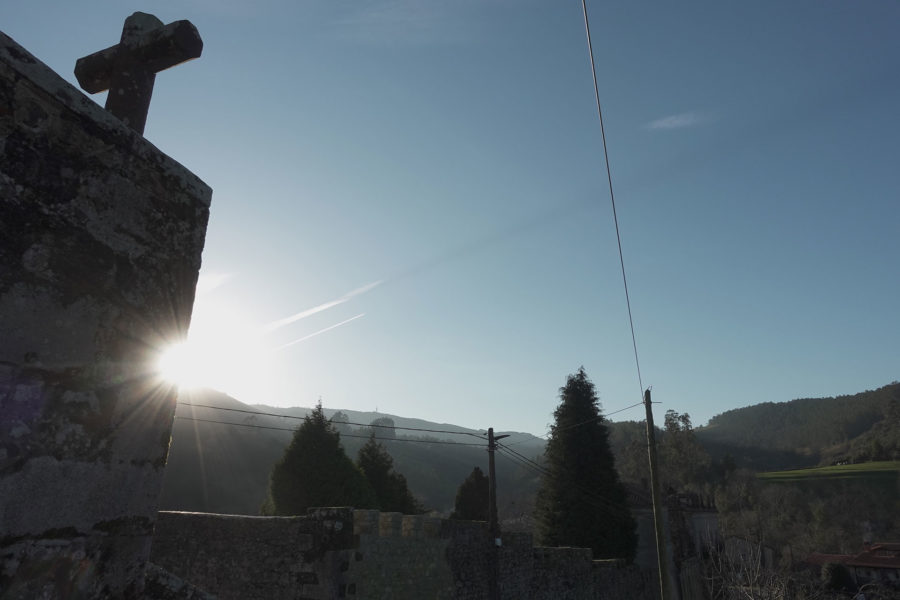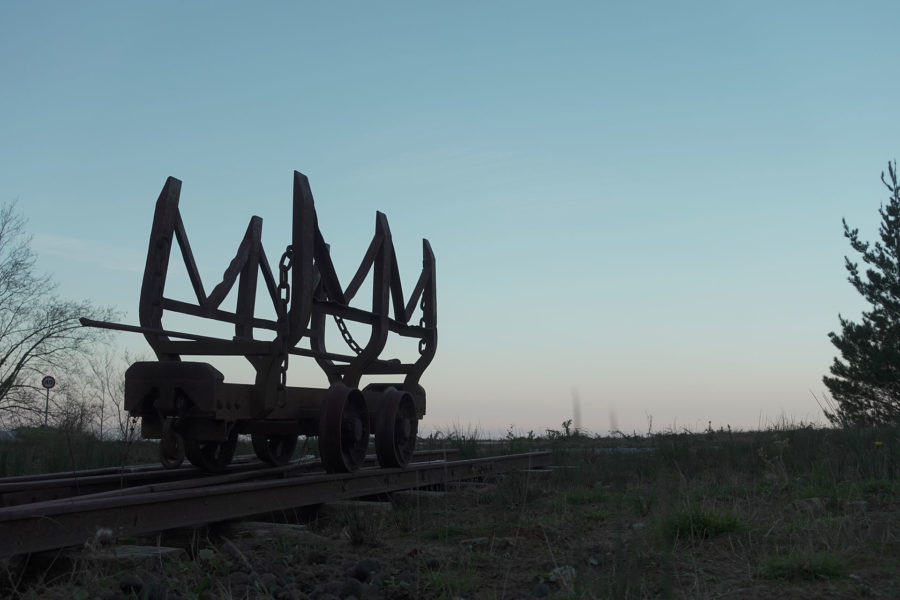The management of the Oyambre Natural Park has proposed this Thursday to its board of trustees, chaired by the Minister for Rural Development, Livestock, Fisheries, Food and the Environment, Guillermo Blanco, the possibility of reducing the supply of parking in this protected natural area and establishing areas where their use is not authorized before, the gradual increase in the use of these spaces in recent times, their improper use and the increased risk of environmental and landscape impact for the area.
Among the proposals put forward by the management is the possibility of not authorizing parking lots north of the CA-236 regional road, in order to safeguard the areas closest to the coastline, in areas such as the Oyambre cape and the environment of the Yellow Bird, explained the regional Executive in a statement.
In addition, in order to avoid parking problems on the access tracks to the Gerra and Gerruca beaches, the park has proposed to coordinate with the San Vicente de la Barquera City Council the prohibition of the circulation of vehicles on these roads, except for the owners of the farms and neighbors of the town of Gerra.
Another of the park’s initiatives is to mark a distance from the coastline where parking could not be authorized, in order to limit parking in the risk areas of the cliff edges.
After exposing the benefits and drawbacks of both proposals, the director of the Park, Raquel Sánchez, has asked the employers to convey their opinion on this matter in order to be able to assess all the points of view in order to make a decision regarding the regulation of this type of authorization for 2022. At the same time, the management of the park has maintained that there is an improper use of the car parks as an overnight place by motorhomes and similar vehicles, generating problems of pollution, impact on the landscape and occupying the places intended for beach users.
another proposal
Among the rest of the proposals put forward today to start up in the 2021-2022 season with the aim of continuing to reinforce the adequate protection of the park, the deterrent enclosure of the Rosal dune system stands out to prevent visitors from entering the trampling beach of the dune, leaving three main entrances to the beach. To do this, wooden stakes and ropes will be placed to delimit the area, wicker collectors in the most deteriorated sections and information panels, with the collaboration of the San Vicente City Council to complete the enclosure.
In addition, the actions of the ‘LIFE Stop Cortaderia’ project will continue to stop the expansion of the feather duster in the Park, after specimens were eliminated in more than 22 hectares since September last year, which have subsequently been restored.
Similarly, surveillance and control work will continue, as well as activities for public use and awareness through the collaboration agreement with the Cantabrian Network for Rural Development, among which assistance on routes and eco-educational itineraries stand out, as well as as activities with schools.
It has also been reported on the progress of the rehabilitation works of the Caza Pozo for its conversion into the future Interpretation Center of the park, the administrative procedures for the preparation of the Sustainable Development Plan (PDS) and the Regional Use and Management Plan (PRUG), as well as the modification of the Natural Resources Management Plan (PORN), so that the service areas for motorhomes can be authorized, under certain conditions, in the Limited Use and Compatible Use Zone.
Blanco has made a “positive” balance of the park’s action plan in 2020 and has trusted that the measures that are launched this year will serve to reconcile the essential objectives of conservation and restoration of biodiversity with a socioeconomic development based on the own resources and the improvement of the quality of life of its inhabitants.
SANTANDER — 25 junio 2021, 15:44
FUENTE — Eldiariomontanes.es

